order
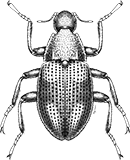
Coleoptera
“Adult Beetles”

Coleoptera
“Larval Beetles”

Diptera
“True Flies”

Ephemeroptera
“Mayflies”
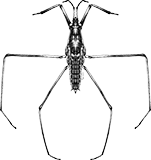
Hemiptera
“True Bugs”

Lepidoptera
“Aquatic Caterpillars, Snout Moths”

Megaloptera
“Alderflies, Dobsonflies, and Fishflies”
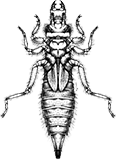
Odonata
“Dragonflies and Damselflies”
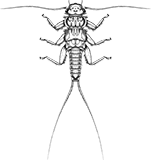
Plecoptera
“Stoneflies”
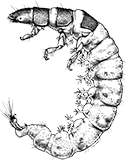
Trichoptera
“Caddisflies”
family
Ptilodactylidae
genus
Anchytarsus
“Toe-Winged Beetle Larvae”
Genus Overview
One species, Anchytarsus bicolor, in North America. Found in small, cool, streams. Not much is known about the biology and ecology. Life cycle might be 3 years.
Characteristics
POLLUTION TOLERANCE
Southeast: 3.8 and higher
0 = least tolerant, 10 = most tolerant
FEEDING HABITS
Shredder / Detritivore
Shredder / Herbivore
Shredder / Herbivore
MOVEMENT
Burrower
Clinger
Clinger
DISTRIBUTION
Widespread (east of the Rocky Mtns.)
HABITAT
Lotic-depositional
Lotic-erosional
Lotic-erosional
Diagnostic Characters
order
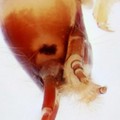
Eye Spots
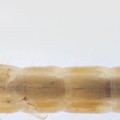
Lateral Gills USUALLY Absent
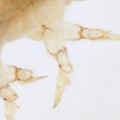
USUALLY 4-5-Segmented Legs
family
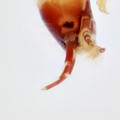
3 or Less Antennal Segments
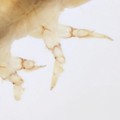
4-Segmented Legs
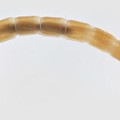
9-Segmented Abdomen
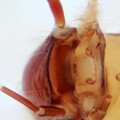
Distinct Labrum
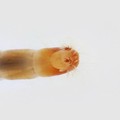
Operculum lacking
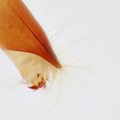
Posterior Gill Tufts
+ Expanded Character List
Order:
Larvae: Usually without lateral abdominal gills. If gills present, then 4 hooks clustered on segment 10. Thoracic legs each usually with 4 or 5 segments and with 1 or 2 claws; if without legs, head distinctly sclerotized and posterior body (thorax and abdomen) simple, without gills, hair brushes, suckers, or breathing tube. Eye spots usually present, but compound eyes absent.
Family:
Thoracic legs are present with each having four segments and a claw; the labrum is distinct; the abdomen has 9 segments and distinct tufts of gills in the anal region but without a lid-like operculum.
Genus:
Operculate covering on 9th segment absent, ninth abdominal segment with numerous finger like anal gills,
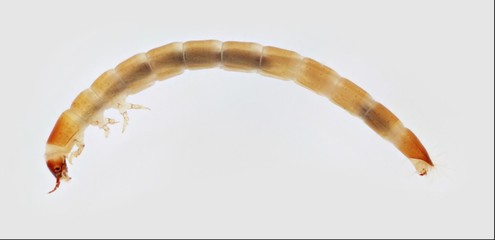

Lateral
Ventral



